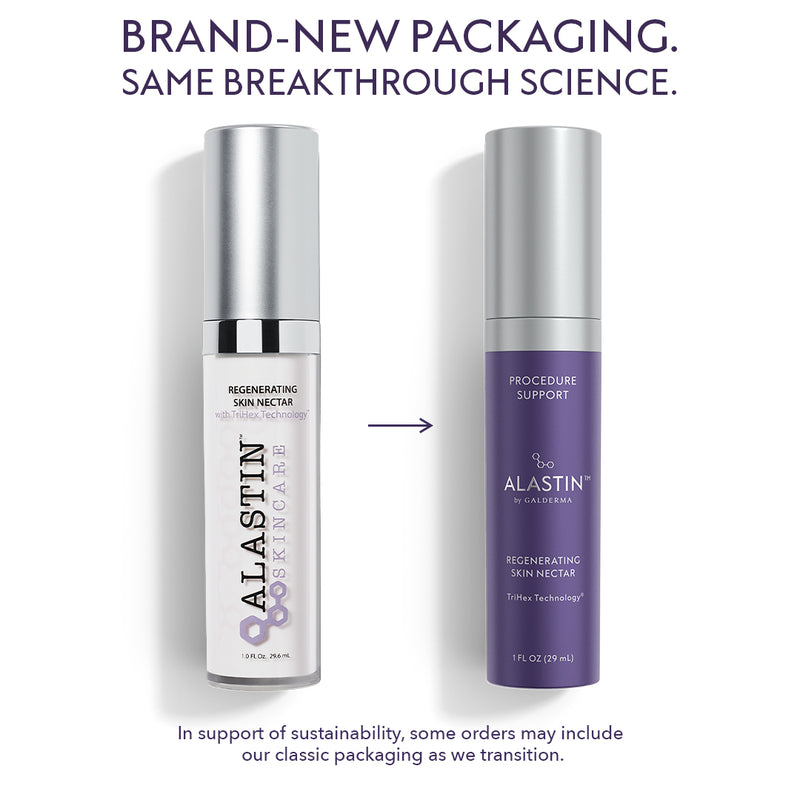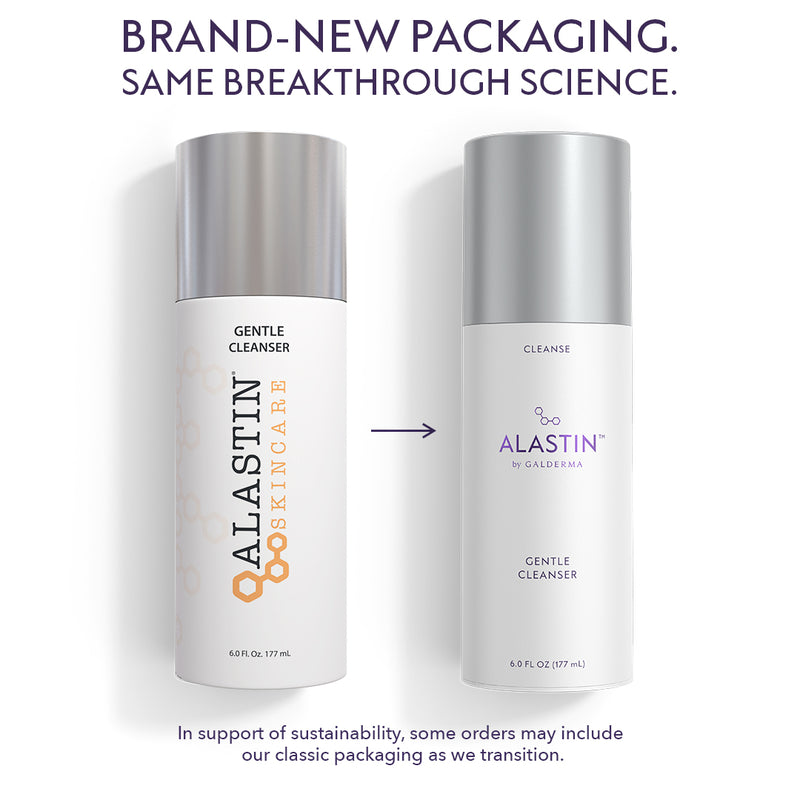Many practitioners recommend discontinuing retinol/retinoid use for several days prior procedure and several days to weeks after procedure. Prior to a procedure, it is essential to prep the skin using products with high quality ingredients. ALASTIN Regenerating Skin Nectar with TriHex Technology® includes TriHex Technology® that may be used to complement aesthetic procedures, such as chemical peels, to pre-condition the skin by supporting the skin's ability to clear out damaged collagen and elastin prior to the treatment. This can support and strengthen the skin barrier and enhance your procedure outcome As well, a proper post-care routine using products formulated with key ingredients is crucial to preserving beneficial outcomes upon receiving treatment. Regenerating Skin Nectar includes Arnica, Phytoene, Phytofluene, and Narigenin with Panthenyl Triacetate that calm sensitive and vulnerable skin, including post-procedure skin, and help to improve the appearance of the skin when used at least 2 weeks following a procedure, while supporting the production of new, healthy elastin and collagen












